- Post
- #1065791
- Topic
- Last Album Listened To
- Link
- https://originaltrilogy.com/post/id/1065791/action/topic#1065791
- Time

AMAZING!

AMAZING!
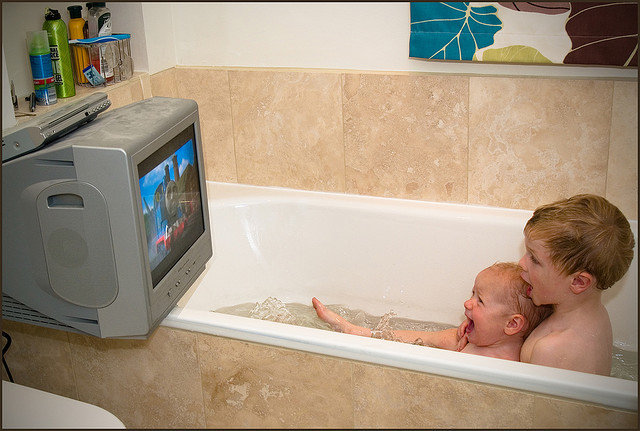

It doesn’t make sense!
https://www.facebook.com/nicholas.irvin.31/videos/257475498047667/
Marco Polo (2014-2016)
I thought it was going to be about a pool.


This is truly the most embarrassing administration!
Video World (2013) ***1/2 (out of 5)
Video World is like other movie rental stores. It’s the best place in town to discover new films. It also went out of business. Documentary filmmaker Ben Churchill returns to his hometown of Woodbury, Connecticut to capture the store’s final weeks and celebrate the dying culture of local video stores.



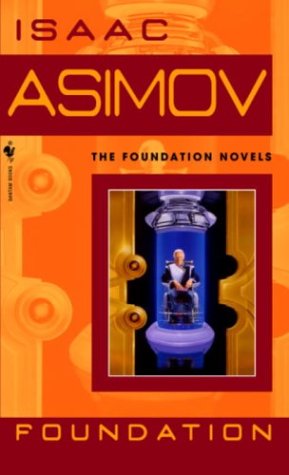
Oh so good!

Legendary Comic Don Rickles Dies at 90
Interestingly, I found another promo shot of the model taken around the time of this picture (as it’s missing the deflector dish array), this time used on the cover of some trivia book I keep in a basket for bathroom reading:
Few points of interest:
- Old bridge dome
- TOS-style sensor dome
- no deflector dish
- old-style torpedo launcher
- seemingly complete lighting and paint job
Someone should interview as many of the original model makers as they can and write a book. Maybe with a week-by-week breakdown of the history and construction of this model as I swear no two pictures before filming have the model in the same state.
Great find!


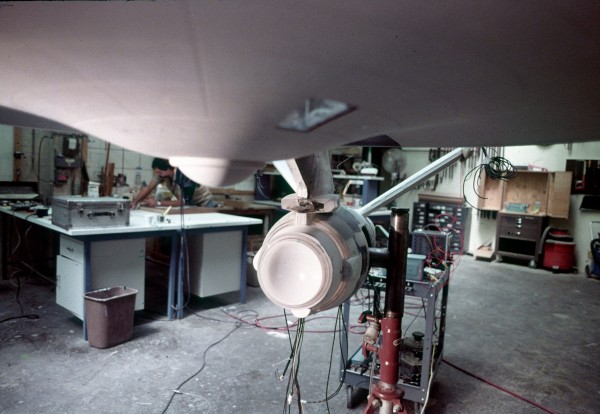
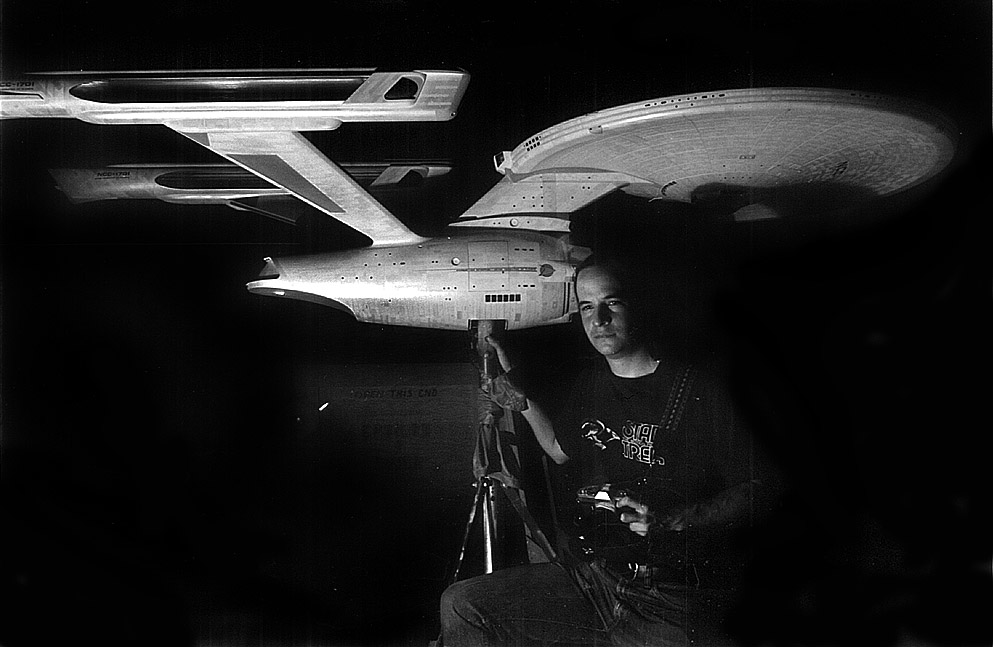
However, there’s this picture:
The model clearly has the new bridge dome and B/C deck assembly, but still has the pin striping (look at the inner saucer) and the registry is missing. The arrowhead insignia is also missing from the secondary hull, so it’s obvious the model is in the middle of a re-paint, but was this before or after the a/c accident? If it’s before the a/c accident, why is the registry missing? It was clearly applied in the earlier promo test picture. If it’s after the a/c accident, then why are the pin stripes still there, and when was the dome replaced? It’s an odd beast that neither confirms or denies either theory.
Going by an interview given by James Dow in “Return to Tomorrow…” The above photo was taken after the model was delivered to Bob Abel’s shop.
"During their involvement with The Motion Picture, Robert Abel & Associates operated its own art department and physical VFX production company, at the time located on Seward St, Los Angeles, under the name Astra Image Corporation, especially created for the Star Trek production and also headed by Abel, it closely cooperating with Paramount’s studio model shop, Magicam – legally sub-contracted by ASTRA for the build of the studio models – "

Dow says that after the Enterprise model was finished and taken to Abel’s facility that a great number of people insisted on having input on the models finished look. Modelers were adding plating to the hull and making many changes that made the model much more “nurneyed”. Star Trek was a big deal with lots of publicity and a number of people (who should not have) wanted a say in design so as to have their figurative “initials” carved into the finished product. Things got way out of hand because of a lack of control at Abel’s.


It was at this time that the changes had been made to the bridge, the navigation dome, and forward sensor array. Mark Stetson says that because of these changes the model had to be re-painted and that Paul Olsen was hired back to supervise that. More lighting was also added.
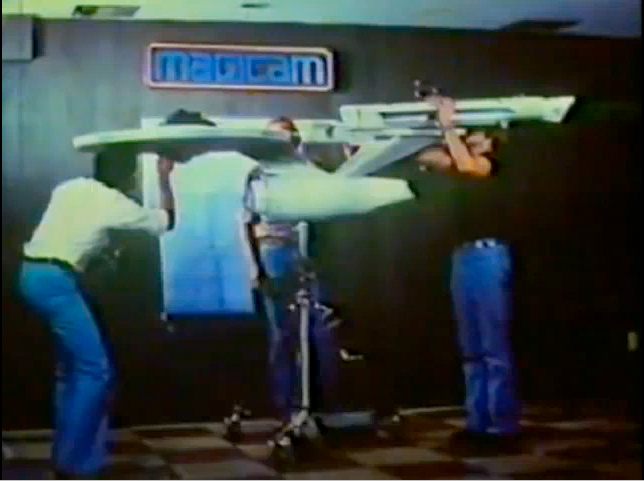
The model soon after went into limbo for a few months when it looked like Bob Able was being removed from the project. The changes to the model were finally stopped as soon as Doug Trumbull took control and had the model moved to his workshop.
According to James Dow, the Enterprise model that was constructed for the Phase II T.V. show by Don Loos was the only model that was retained from those made for Phase II. The original Orbital Dockyard, Klingon Cruiser, and Orbital Space Office Complex all were abandoned when the show became a movie. It was at this point that Bob Abel came onto the picture. It was Able who looked at the Phase II models and decided to scrap everything except for the Enterprise.
So the T.V. Enterprise model was taken into Bob Abel’s shop and tests were done for a complete re-build of the Enterprise that was up-sized to 1 inch equals 10 feet in scale and made for the motion control requirements at Magicam. Bob Abel’s team worked on that new model for about a year before there was a complete change in the effects department and Abel was let go. All of the effects shots done in that year with that Enterprise had been thrown out.
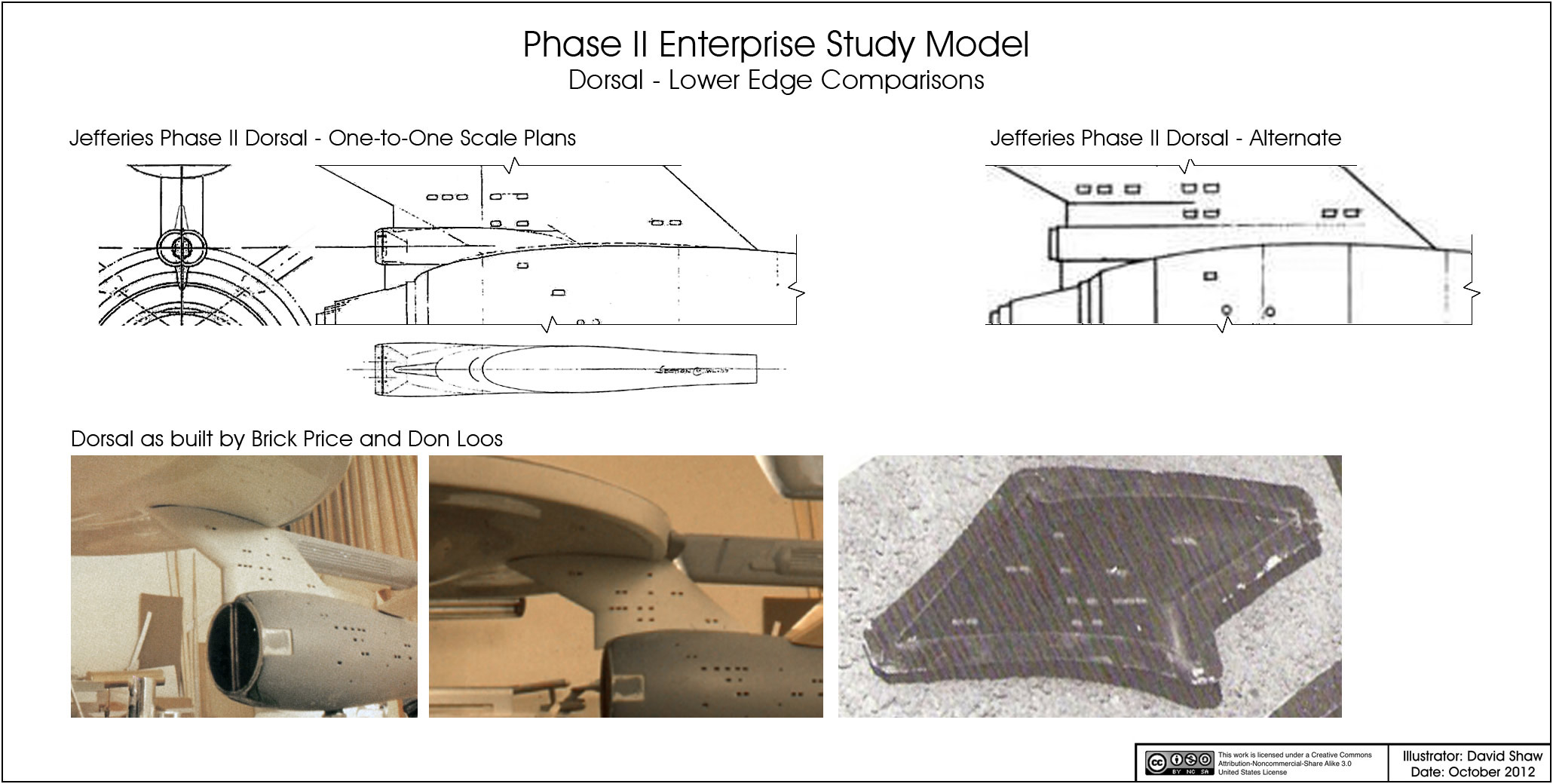

Backtracking a bit, when Abel came onto the project he hired Richard Taylor to do all the redesigns of models not originating with the original series.
Phil Rawlins:
“I would say 90% of the changes from the old original Enterprise model to the one we used in the movie were Richard Taylor’s. Later during post-production, I believe a couple of other changes were done to it, but most of the design was Taylor’s”
At this point Andrew Probert comes aboard and helps Taylor realize and construct the new film version of the Enterprise for the original first year of effects tests and shooting.
The original Taylor concept for the Enterprise paint job was to keep the surface completely smooth and pristine.

to be continued…
now I’m even more conflicted.
Michal Minor:
“When Trumbull took over, I did not think anything that Abel shot would be in the picture. I hoped that Trumbull would be able to take the grab bag of shots which were done under that aegis and make something of it. Indeed, in the area of matte shots, I was told there was a masterful re-working of the scenes in the cargo hold of the Enterprise and that they’d come up with a design for the San Francisco dock.” - RETURN TO TOMORROW: The Filming of Star Trek: The Motion Picture (P. 389)
SwissArmyTin said:
I have no life
Great observations! I’ve always loved this area of the production and also spend hours pouring over books like Mr. Scott’s Guide. If you are really interested in knowing the extent they went to during the production of that movie, pick up the following books.
This has been the most in depth look at TMP’s production that I have ever found. It’s essential to anyone who enjoys film making.
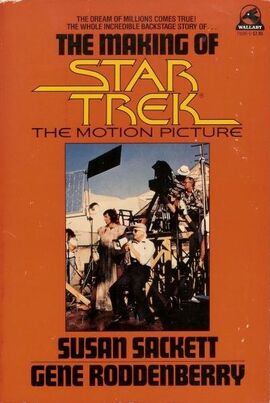
In depth production information and another must have.
Not as essential but still an enjoyable (yet filtered) look at what on-set life was like.
Contains information about the aborted second T.V. series that became TMP.

Another book about the aborted second T.V. series that became TMP. This one has great un-used on-set photos and story treatments.
A girl named Michael. I wonder if they’ll have a boy named Sue, too.
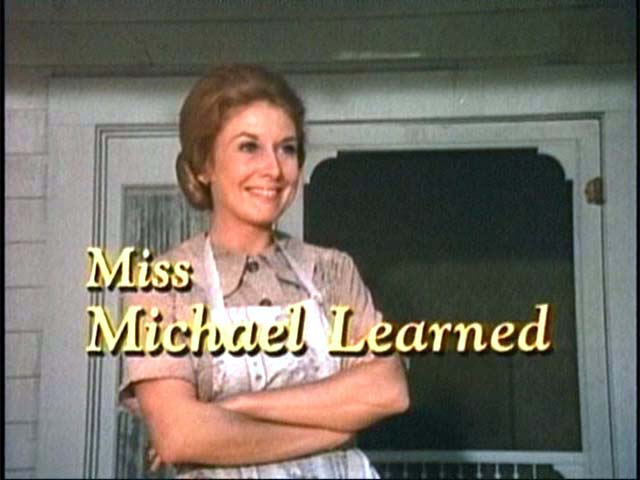
“Iron Fist” (2017)
This was the weakest of the Marvel / Netflix bunch for me. It was fun to watch, but I did roll my eyes a lot. Not very original at all.
Is Discovery still supposed to come out in May? I seem to recall it being delayed again, but can’t find any record of the second delay.
I heard September is now what they are aiming at.